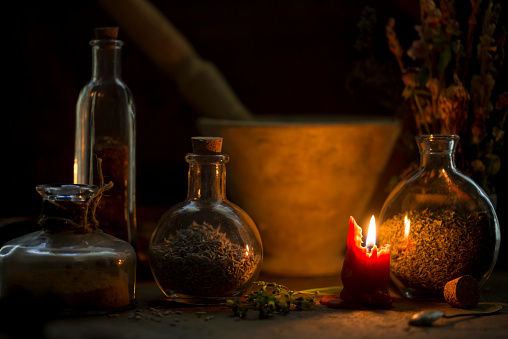There’s not a doubt in my mind that the biggest infectious-disease threat facing humankind in the not-so-distant future will be microbes that are resistant to all antibiotics. This fearful development will return us, essentially, to the pre-antibiotic era, when death from bacterial infection was commonplace.
 Antibiotics have proven their worth––saving millions from potentially deadly streptococcal and staphylococcal infections, gonorrhea, syphilis and other infectious diseases. However, overuse and improper use of antibiotics has led to a higher incidence of MRSA (methicillin-resistant Staphylococcus aureus) and other infections.
Antibiotics have proven their worth––saving millions from potentially deadly streptococcal and staphylococcal infections, gonorrhea, syphilis and other infectious diseases. However, overuse and improper use of antibiotics has led to a higher incidence of MRSA (methicillin-resistant Staphylococcus aureus) and other infections.
Each year, an estimated two million people in the U.S. are afflicted by antibiotic-resistant infections, causing more than 20,000 deaths.
Although vaccination will prevent some of the diseases that killed people before there were antibiotics, if the threat continues to grow unchecked, contracting a strep or staph infection would be as deadly as incurable cancer.
No Laughing Matter
So dire is the threat that we need to look to the past in an effort to ensure our future. Any humor possibly engendered by the work of some scientists at Nottingham University in England, who found and used a thousand-year-old recipe for a concoction to fight eye infection, has to be tempered by the fact that it seems to work against bacteria that are now already antibiotic-resistant!
The “goop” they brewed consists of such ingredients as garlic, cow bile, leeks and red wine, which must stand together for nine days in a brass container. While it sounds vile, when this goop was applied to biofilms (the slime that some bacteria make and survive in) it was quite effective in killing the MRSA that can cause serious skin, eye and systemic infections.
Olde Lifesavers to the Rescue
It shouldn’t surprise us all that much that “olde” concoctions and drugs derived from natural sources can be effective. Digitalis, a medicine used to treat some patients with heart disease, comes from a plant and has been used for centuries. Taxol, derived from a plant and studied extensively by Einstein molecular pharmacologist Susan Horwitz, is a highly effective cancer drug. Many civilizations have counted on herbal medicines for cures, and still do. In fact, many antibiotics are derived from organisms that live in dirt and use the substances to fight off infection by other organisms.
So before you scoff at rediscovered remedies or recoil at their ingredients, consider that a return to historically effective cures may be part of our salvation in the future.

